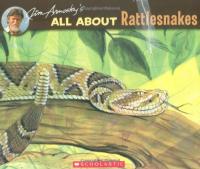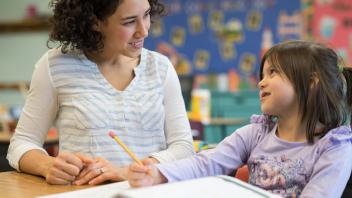What are writing conferences?
Writing conferences provide students with an opportunity to share and get feedback on their drafts from their peers and teacher. Sharing writing gives kids a chance to reflect more deeply on their writing and helps create a community of writers. Writing conferences can be set up in many different ways, including one-on-one with the teacher or a fellow student, or as small-group interactions between teachers and students.
Key Information
Focus
Appropriate Group Size
Why use writing conferences?
- Research suggests that writers learn the most about writing when they share and reflect on their writing
- They involve a non-threatening audience of peers
- Peers or teacher can provide immediate feedback or can immediately ask for clarifications
- They can promote positive attitudes about writing and increased motivation to revise
- Students experience a wide range of writing abilities and topics
The purpose of the writing conference is to help children teach you about what they know so that you can help them more effectively with their writing.
Donald Graves
How to set up a writing conference
There are many, many ways to conduct writing conferences. You will have the most success if you model conference behaviors with the whole class. Class discussions can focus on what sorts of comments and actions are useful and constructive, and what sorts of behaviors are less helpful to the author sharing their work.
Some teachers decide to create very focused conferences, for example encouraging kids to only react to a piece of writing. Other conferences focus only on editing a piece of writing. It may be difficult for young kids to parse the differences. Many conferences with young kids involve both reaction and editing.
Donald Graves (1982) identified the following six characteristics of successful writing conferences:
- They have a predictable structure
- They focus on a few points
- They demonstrate solutions to students’ problems
- They permit role reversals
- They encourage use of a vocabulary appropriate for writing
- They stimulate pleasure in writing
Most teachers use some variant of these characteristics in their classroom.
Learn more
- Five Ways to Improve Student Writing Conferences (ASCD)
- Conversations Among Writing Peers (Annenberg Learner)
- Leveraging Peer Power to Improve Writing (Edutopia)
- Building Peer Conferring Skills in the Primary Grades (Choice Literacy)
- Writing Conferences, Part One: Getting Honest About the Struggle (Collaborative Classroom)
- Writing Conferences, Part Two: Seven Common Struggles (Collaborative Classroom)
- Peer Conferences in Writing Workshop (Lynne Dorfman Blog)
- How To Make Writing Conferences Meaningful (Two Little Birds Teaching)
- Growing Writers (from our Launching Young Readers video series)
Watch a lesson with peer feedback (whole class, pairs)
Students have co-created success criteria and exemplars of effective pieces of writing that included the reader’s thinking behind their inferences. With these tools to guide their conferences, students meet in pairs to give descriptive feedback to each other about their writing. Their thoughtful and respectful responses reflect a clear understanding of the success criteria and the purpose of the conference. (Knatim: Curriculum Services Canada)
Watch a lesson with teacher feedback (one-on-one, first grade)
In this video, a teacher helps a student reread his piece and revise for clarity. (Fairfax County Public Schools. See Writing Workshop playlist )
Watch a lesson with teacher feedback (one-on-one, first grade)
A teacher leads a student in an inquiry on elaboration techniques in illustrations and then coaches her to use those techniques in her own writing. (Fairfax County Public Schools. See Writing Workshop playlist )
Watch a classroom tour (kindergarten)
In this video, a teacher describes how her students are encouraged to use a variety of resources and writing tools during their writing conferences, including word spacers and the word wall. (Balanced Literacy Diet: Putting Research into Practice in the Classroom)
Differentiate instruction
For second language learners, students of varying reading skill, and younger learners
- Writing instruction with new language learners should be done carefully, slowly and with deep consideration of the student’s abilities. Fitzgerald and Amendum, in their chapter from Best Practices in Writing Instruction , suggest three writing activities that are particularly beneficial for multilingual learners — Daily News, dialogue journals, and writing persuasive essays using a mnemonic device.
See the research that supports this strategy
Anderson, C. (2000). How’s it going? A practical guide to conferring with student writers. Portsmouth, NH: Heinemann.
Graham, S., MacArthur, C. A., & Fitzgerald, J. (Eds.). (2007). Best practices in writing instruction. NY: Guilford Press.
Graves, D. (1982). Six guideposts to a successful writing conference. Learning, 11(4), 76-77.
Children’s books to use with this strategy
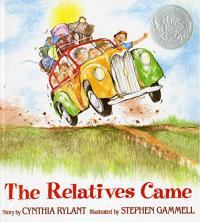
The Relatives Came

Bigmama’s
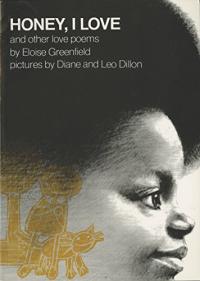
Honey I Love and Other Poems
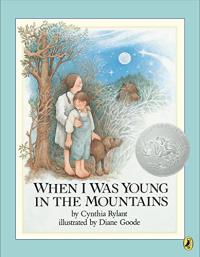
When I Was Young in the Mountains

Sweet Corn

From Tadpole to Frog

Flower Garden
